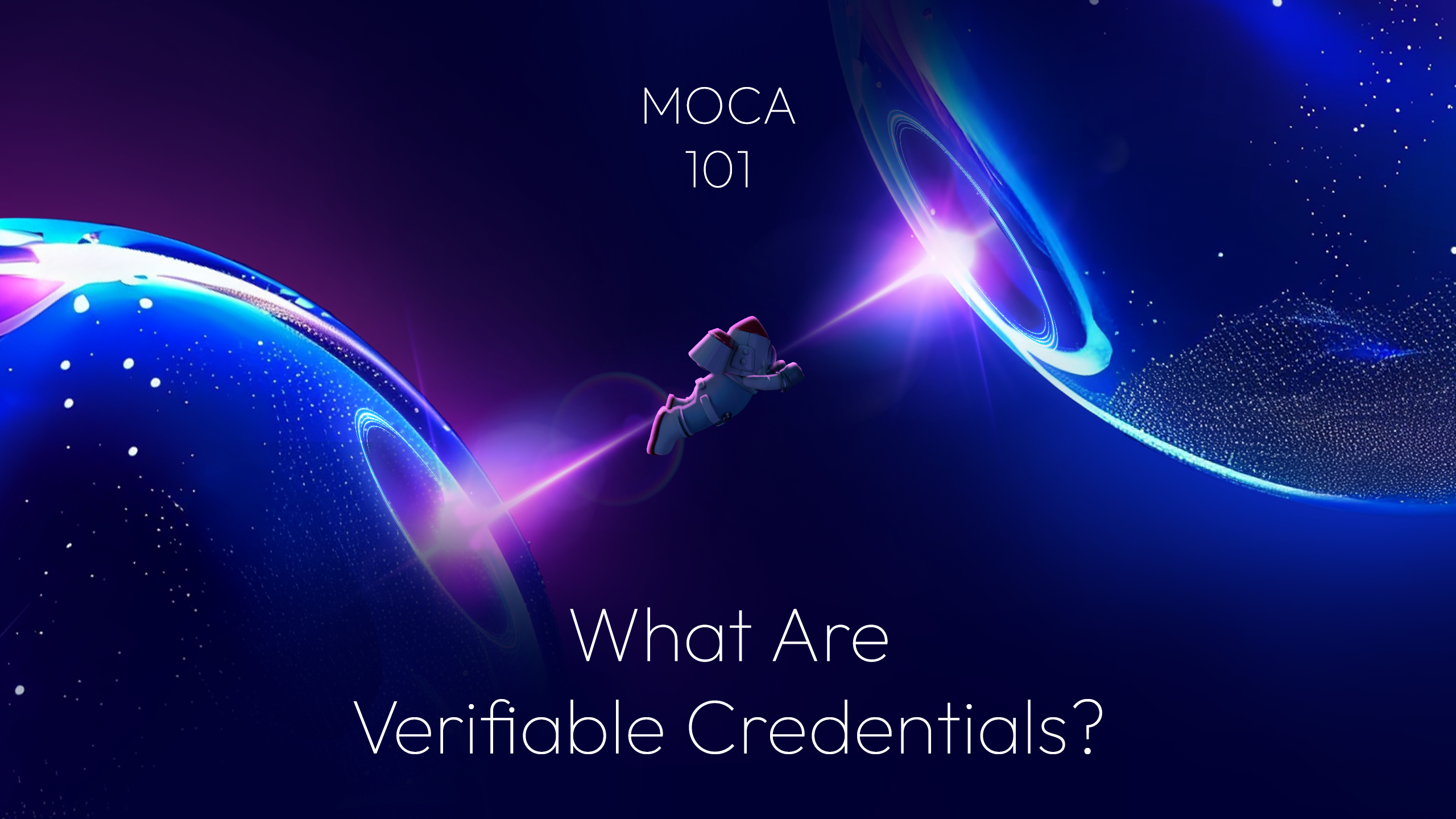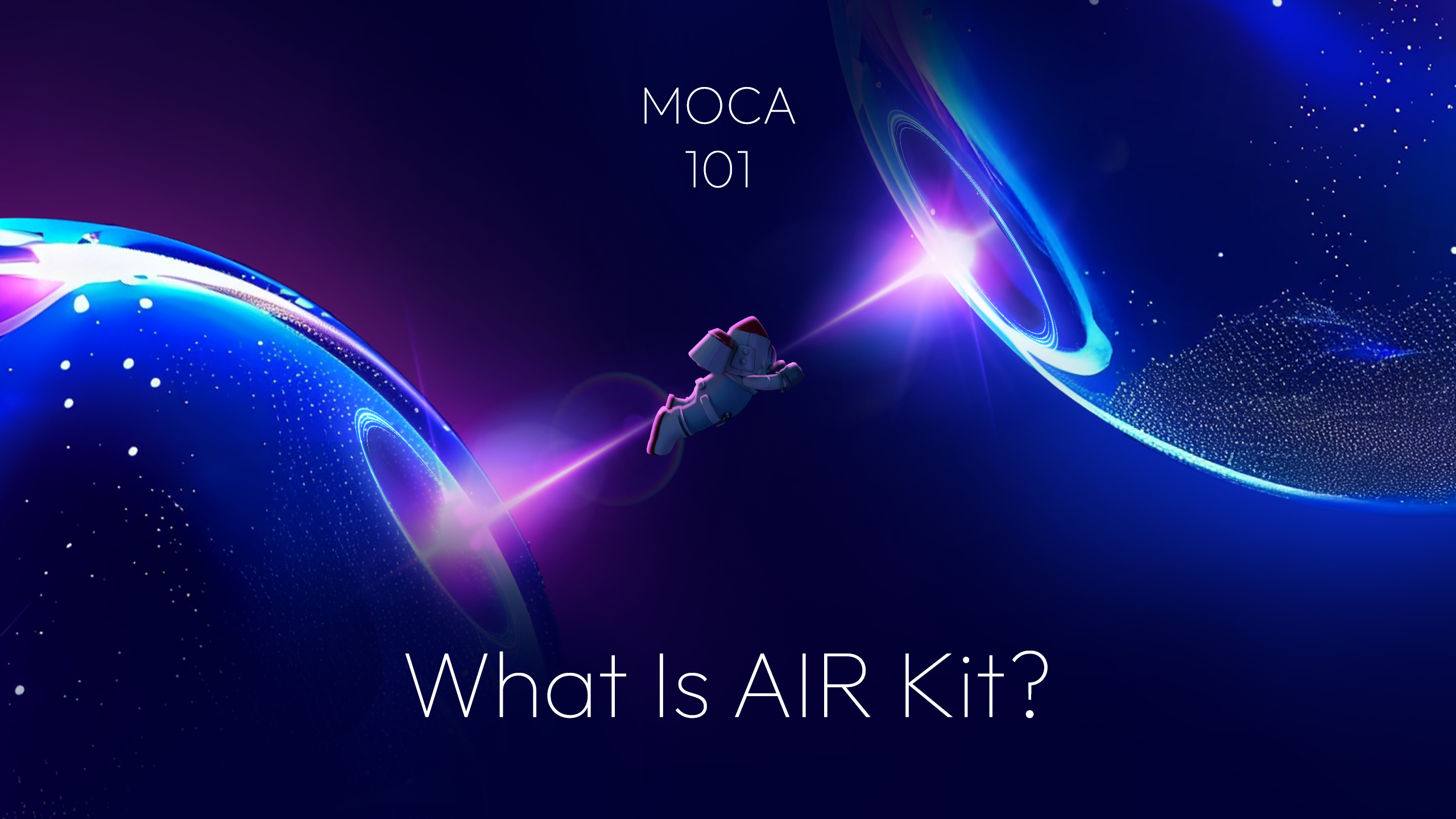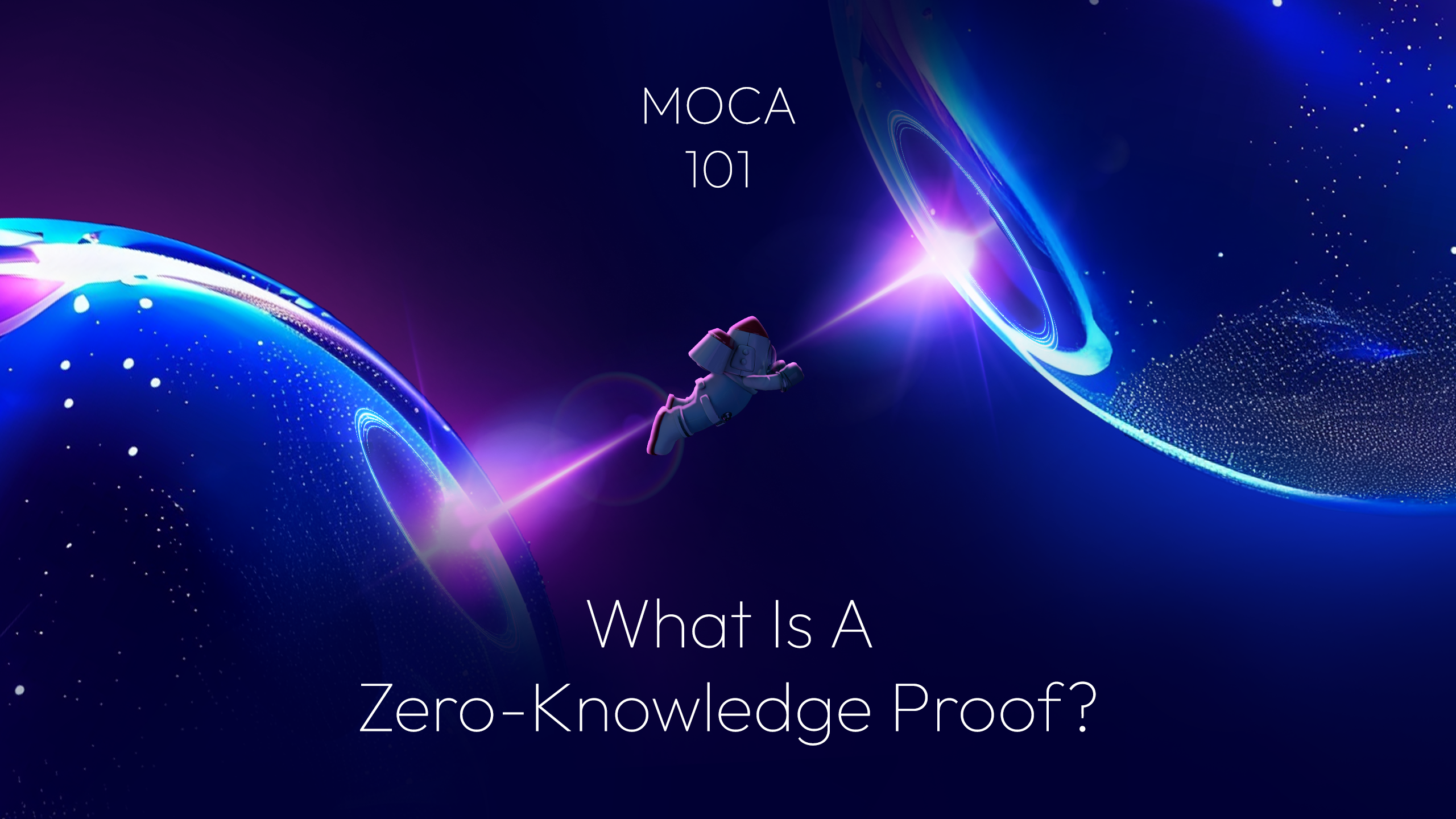Verifiable Credentials (VCs) are tamper-proof digital records that prove facts about a person, organization, or object—verified cryptographically and controlled by the user.
They serve as digital proofs of fact—like age, membership, or achievement—issued by trusted entities, held by users, and instantly verifiable by others, without manual checks or data exposure.
What makes VCs powerful is that they are interoperable, privacy-preserving, and trust-minimized. Built on open standards (such as W3C), they enable systems where users decide what to share—and only reveal what’s necessary.
What is a Credential?
A credential is any record that proves something about you.
In real life, that might be a passport, diploma, or loyalty card.
In digital environments, credentials can represent:
- Your identity (e.g. age, student status, country of residence)
- Your actions and achievements (e.g. completing a course, attending an event, ranking in a game, earning a community reward)
How It Works:
Key Players
- Issuer: Structures and attests to the credential data on-chain.
- User: Holds the credential privately, encrypted via their AIR Account.
- Verifier: Can request proof of a claim (e.g. 18+) and receive a zkProof—confirmation without needing to see sensitive details.
Credentials are issued by Issuers (like a university or government), hold by the Users, and can be shown to others (verifiers) when needed. Each credential includes a digital signature that proves it’s real and hasn’t been tampered with. Verifiers can check this signature without contacting the original issuer.
Example: Coinbase Verification on Base lets users prove their residency status using attested credentials.
Why it matters
With verifiable credentials, users no longer need to overshare personal information just to prove who they are or what they’ve done. Instead of exposing data, they can present cryptographic proof of specific claims—preserving privacy while still building trust. For example:
- Prove they’re over 18 without revealing their full birthdate
- Show they contributed to a project without exposing their wallet history
- Receive recognition for actions, achievements, or participation, online or offline
At the same time, platforms gain access to proof-backed user insights without needing to collect or store personal data. This enables a privacy-first approach to identity, access, and engagement.
Real-world use cases
- A gamer uses a tournament credential to unlock perks in another game
- A shopper earns a loyalty credential to access private sales
- A user attends an event and unlocks gated content
- A learner shares a credential when applying for a job or grant
What Moca Network Is Building
Moca Network is building the world’s largest identity network—connecting users, apps, and brands through privacy-first credentials that prove what matters and protect what doesn’t.
With AIR Kit, users can:
- Claim credentials from games, communities, and real-world apps without exposing personal data
- Use them across ecosystems for access, rewards, and recognition
- Stay in control of what they share
With verifiable credentials, identity becomes reusable, private by design, and recognized across apps, games, and digital platforms. Users no longer need to start from scratch or repeat verification steps. Instead, they unify a trusted identity that proves what matters seamlessly.






